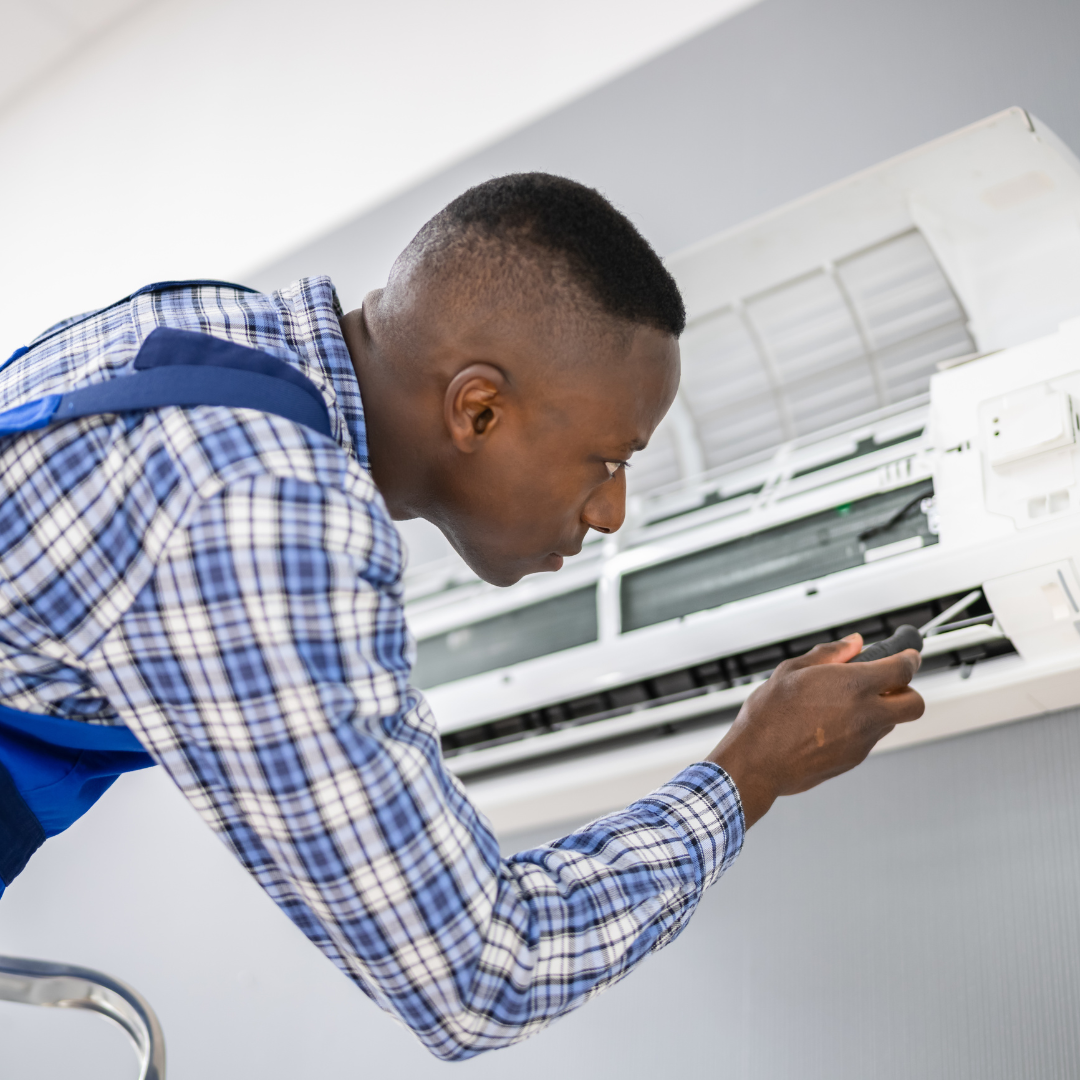From Ducts to Thermostats: Comprehensive Residential AC Repair Strategies
When the summer heat strikes with relentless force, your residential mckinney air conditioning (AC) system becomes the unsung hero, ensuring comfort and cool relief. However, like any hero, your AC system might face its fair share of battles, from malfunctioning thermostats to clogged ducts. In this comprehensive guide, we’ll explore effective residential AC repair strategies, empowering you to keep your cool when your AC unit decides to take an unexpected vacation and the signs you need a residential AC contractor Viera, FL.
Understanding Your AC System
Before diving into repair strategies, it’s crucial to have a basic understanding of how your residential AC system works. At its core, an AC system consists of three main components: the compressor, condenser, and evaporator. The refrigerant circulates through these components, absorbing and releasing heat to maintain a comfortable indoor temperature.
Common AC Issues and DIY Solutions
- Thermostat Troubles: Mastering the Art of Temperature Control
The thermostat acts as the commander-in-chief of your AC system, dictating when it should kick into action or take a well-deserved break. If you notice temperature discrepancies or your thermostat seems unresponsive, it’s time to troubleshoot.- DIY Fix: Check the thermostat settings and replace the batteries. Sometimes, the simplest solutions are the most effective. If the issue persists, consider recalibrating the thermostat or seeking professional assistance.
- Clogged Ducts: Clearing the Path to Cool Comfort
Your ductwork is the highway through which conditioned air travels to reach every nook and cranny of your home. Over time, dust, debris, and even critters can obstruct this crucial passage.- DIY Fix: Inspect your ducts regularly for any visible blockages and clean them using a vacuum or a damp cloth. For a more thorough cleaning, consider professional duct cleaning services.
AC Maintenance Tips for Longevity
Prevention is the best medicine, and the same applies to your AC system. Regular maintenance can significantly extend its lifespan and reduce the likelihood of breakdowns. Here are some practical tips:
- Change Air Filters Regularly
Think of air filters as the lungs of your AC system. Over time, they accumulate dust and allergens, restricting airflow and forcing your system to work harder.- DIY Fix: Replace your air filters every 1-3 months, depending on usage. This simple act can enhance efficiency and reduce strain on your AC unit.
- Keep the Outdoor Unit Clear
The outdoor condenser unit needs sufficient space to expel heat efficiently. Ensure that there are no obstructions like foliage or debris hindering its performance.- DIY Fix: Trim any overgrown vegetation around the unit and remove leaves or debris. A clear perimeter allows your AC system to breathe, quite literally.
Knowing When to Call in the Pros
While some AC issues can be tackled with a bit of DIY magic, others demand the expertise of professionals. Here are signs that it’s time to pick up the phone and schedule a service call:
- Unusual Sounds or Smells
Your AC system should operate relatively quietly. If you start hearing clanking, banging, or hissing sounds, or detect strange odors, it’s a clear indication that something is amiss. - Frequent Cycling or Inconsistent Cooling
If your AC unit seems to be in an eternal loop of starting and stopping or fails to maintain a consistent temperature, it’s a red flag. This could signify issues with the compressor, refrigerant levels, or other critical components. - Refrigerant Leaks: A Job for the Experts
Refrigerant is the lifeblood of your AC system, responsible for absorbing and releasing heat. If you notice a decrease in cooling efficiency or suspect a refrigerant leak, it’s time to stop the DIYs. Bear in mind that handling refrigerant requires ac repairs carried out by specialized experts with the right knowledge and equipment. Therefore, hiring professional technicians can be a good idea, as they can identify leaks, repair them, and ensure your system is properly recharged. - Electrical Issues: Sparks Flying, Call Someone Trying
Electrical problems within your AC system are best left to the experts. If you experience flickering lights when the AC kicks in, sparks, or other electrical anomalies, don’t attempt a DIY fix. AC systems involve complex electrical components, and amateur attempts to fix electrical issues can lead to safety hazards. A certified technician can diagnose and address electrical problems safely. - Frozen Coils: A Chilling Predicament
If you notice ice accumulating on your AC coils, it’s a sign of trouble. Frozen coils can hinder the overall efficiency of your system and may indicate issues with airflow or refrigerant levels. Identifying the root cause of frozen coils requires a professional touch. A technician can investigate and address underlying issues, ensuring your AC system operates smoothly without the icy hitch.
Conclusion
Navigating the world of residential AC repair doesn’t have to be a daunting task. Armed with the knowledge of common issues, DIY solutions, and maintenance tips, you can approach AC troubles with confidence. Remember, a well-maintained AC system not only keeps you cool but also ensures that your energy bills stay in check. So, the next time your thermostat decides to play hide-and-seek or your ducts resemble a dust haven, don your repair cape and tackle the challenge head-on. Your cool, comfortable home awaits!


